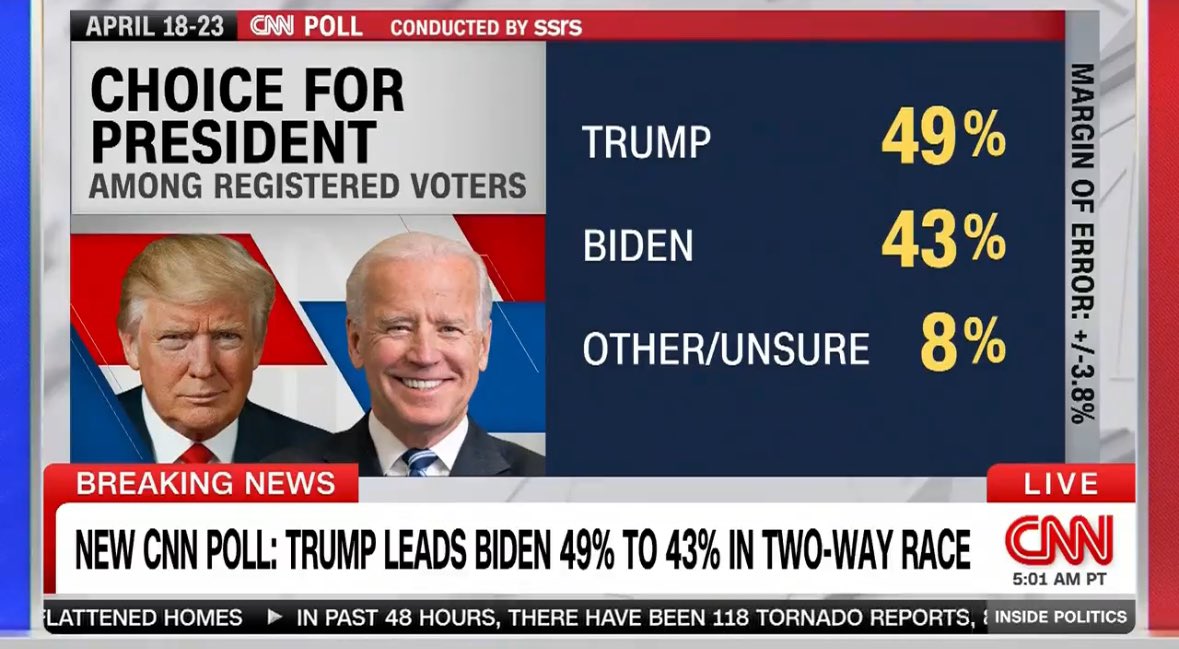(Montreal) The number of job vacancies continues to decline in Quebec. It was 152,400 in the fourth quarter of 2023.
That's a decrease of 56,400 compared to the corresponding quarter of 2022, Quebec's statistics institute said Thursday.
Although we hear a lot about the restaurant and retail sectors, the number of job openings has been highest in the health care and social assistance sector. It was 40,500 for the fourth quarter of 2023.
This is followed by retail trade, with 16,100 job openings for the quarter, accommodation and food services, with 14,500 job openings, and then manufacturing, with 14,000 job openings.
In fact, 56% of job openings were in these four industries during the quarter, according to the ISQ report.
These vacancies were mostly full-time positions, of which 116,000 were positions.
“Between the fourth quarter of 2022 and the fourth quarter of 2023, the number of vacancies with a duration of 30 to 90 days decreased by 26.9%, and the number of vacancies with a duration of at least 90 days decreased by 39.0%.” Institute of Statistics of Quebec.
The average wage for job openings was $26.25 per hour, while it was $32.86 per hour for all salaried positions, as determined by ISQ.
“The increase in the average hourly wage offered for vacant positions has been particularly significant” in some sectors, specifically in primary industries, public services, manufacturing, professional, scientific and technical services, as well as construction, ISQ asserts.
It's not just jobs that require little education that remain unfilled. Thus, 68,900 of these jobs required a high school diploma or less as training, 54,300 required post-secondary training and 29,200 required college training.
As for Quebec regions, the number of vacancies decreased in 12 regions between the fourth quarter of 2022 and the fourth quarter of 2023.
The decline was particularly noticeable in Montreal (-19,400), Montérégie (-9,700), the national capital (-8,400), Laval (-3,900) and in Chaudière-Appalaches (-3,500), the Quebec Statistics Institute confirms. .

“Music guru. Incurable web practitioner. Thinker. Lifelong zombie junkie. Tv buff. Typical organizer. Evil beer scholar.”







:format(url)/cloudfront-us-east-1.images.arcpublishing.com/lescoopsdelinformation/MJJLV2ZZGRA7NOZ7RPP6N5DJFI.jpg)

